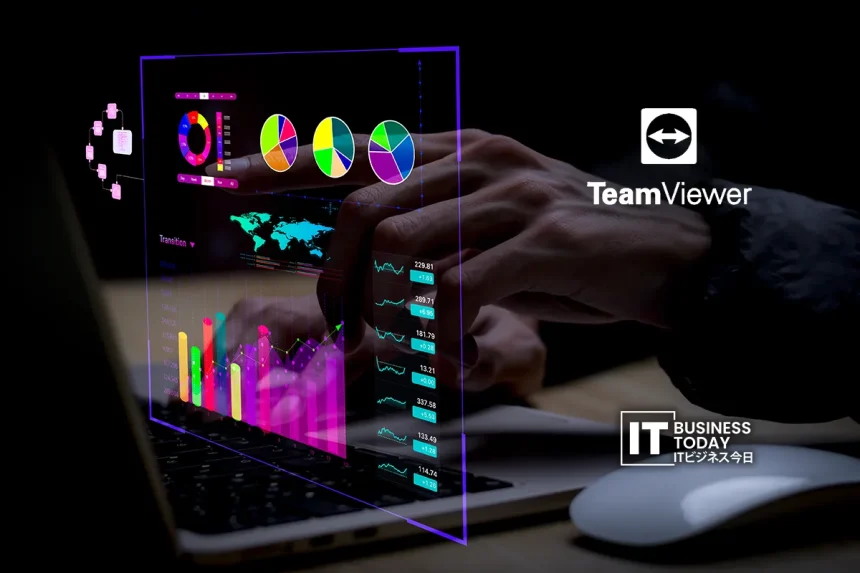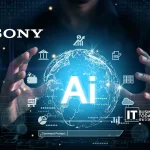ドイツのTeamViewer社の日本法人であるTeamViewer Japanは8月29日、日本における事業戦略や最新ソリューションに関する記者説明会を開催しました。
特に、2025年1月に買収を完了した英国1E社のDEX(Digital Employee Experience)ソリューションをTeamViewerの製品ラインナップに組み込んだ「TeamViewer DEX」が注目されました。DEXソリューションは、企業システムのユーザーエクスペリエンスの状況を把握・可視化し、改善につなげるもの。TeamViewer DEXのほか、Nexthink Infinity、SysTrack、HP Workforce Experience Platformなどがこのカテゴリーに含まれます。
TeamViewer DEXがTeamViewerの第4の製品ラインナップとして追加 説明会は、TeamViewerのAPACリージョナルプレジデントであるSeojung Lee氏による、日本市場におけるTeamViewerの戦略説明から始まりました。李氏はTeamViewerの4つのソリューションを紹介:TeamViewerの長年にわたるリモート接続製品であるTeamViewer Remote、企業向けリモート接続製品であるTeamViewer Tensor、フィールドワーカー向けARを含むTeamViewer Frontline、そしてDEXソリューションであるTeamViewer DEXです。「今回の買収により、TeamViewer DEXソリューションが完成しました。TeamViewer DEXとTeamViewer Tensorを組み合わせることで、インテリジェントなエンドツーエンドの管理ツールが再定義されると信じています。日本市場における重要なポイントについて、リー氏はコネクテッドインダストリーズなどの製造業に対する政府のIT支援、ヘルスケア分野、中小企業のデジタル化を強調しました。日本で10年以上サービスを提供してきたTeamViewerは、2018年に現地法人を設立し、25人以上を雇用しています。李氏は、日本における顧客サービスの事例として、ソニーのBRAVIAの遠隔保守、リコーの複写機の遠隔保守、NECのレストラン配膳ロボットの遠隔保守などを紹介。また、企業名は非公開ですが、自動車ディーラーの整備士向けのARソリューションの事例も紹介。TeamViewerは25人だけの会社ではなく、グローバルや地域のパートナーとも密接に連携してサービスを提供していることを強調。
こちらもお読みください: リガク、日本電子、京都大学が「材料イノベーションハブ」を設立
多くのIT部門が従業員の一般的な不満への対応に苦慮しています。次に、TeamViewerのチーフコマーシャルオフィサーであるMark Banfield氏が、企業のIT部門(情報技術部門)の視点からTeamViewer DEXについて説明しました。バンフィールド氏はまず、CrowdStrikeの不具合による世界的なシステム停止に見られるように、消極的な問題解決、反復的な問題解決タスク、解決時間の長さ、デバイス上で何が起きているかの可視性の欠如など、IT部門が抱える現在の課題を挙げました。さらに、自動化とAIによって、問題が発生してから解決するリアクティブな対応から、従業員に影響が及ぶ前に問題を解決するプロアクティブな対応、さらには問題が発生する前に解決するプレディクティブな対応へのシフトが進んでいると述べました。バンフィールドが特に強調したキーワードは「デジタル・フリクション」、つまり従業員がシステムやデータを業務に利用するためにかける不必要な労力です。そこで登場したのが、DEX(Digital Employee Experience)という新しいコンセプトです。TeamViewer DEXは、エンドポイントでのユーザー行動に基づくセンチメントをAIで分析し、異常、摩擦、不満を特定することを可能にします。Banfield氏はまた、ユーザーのコンテキストや問題を考慮した洞察や、解決策の提案についても説明しました。バンフィールド氏は、DEXソリューションは統合エンドポイント管理(UEM)と共通点があるものの、UEMがセキュリティなどの面でデバイスを管理するのに対し、DEXソリューションは従業員の生産性などユーザーエクスペリエンスを向上させると説明。同氏は、IT 部門の 90% が、同様のサポートチケットの処理や、従業員の PC やアプリのパフォーマンスなど、DEX ソリューションが対処する共通の課題に直面していると指摘。また、DEXを導入することで、生産性の向上、コストの削減、ITの合理化が可能になると述べました。
さらにバンフィールド氏は、TeamViewerが1Eを買収したことで、両社のソリューションの統合が可能になり、エンドユーザーのデバイスをリモートで管理し、DEXツールに統合して問題を特定できるようになったと指摘。バンフィールド氏は、保険会社のRLI Insurance、金融会社のNationwide、金融会社のBaillie Giffordなど、TeamViewer DEXの顧客例を紹介しました。最後にバンフィールド氏は、AIがTeamViewerのエージェントテクノロジーを使用して自律的に問題を解決する、DEXソリューションの将来のビジョンであるAEM(Autonomous Endpoint Management)について語りました。
TeamViewer DEXをデモを交えて解説 ブリーフィングでは、TeamViewer DEXのデモが行われました。まず、リアクティブレスポンスについて説明。TeamViewerのCoPilot(MicrosoftのCopilotとは異なる)はチャットベースのAIで、問題解決のためのアドバイスを提供し、対応を文書化し、文書化された対応に基づいて根本的な問題を分析します。次に、1人に発生した問題は他の人にも影響を与える可能性があるため、全社的に展開するプロアクティブ対応について説明。DEXの分析ダッシュボードであるエクスペリエンス・アナリティクスは、収集した情報を使って現在の社内環境をスコア化します。デモでは65点とまずまずのスコアでしたが、トレンドグラフを見ると、ある時点でスコアが下がっていることがわかりました。これをさらに掘り下げて、安定性、応答性、パフォーマンス、センチメントの4つのカテゴリーを調べたところ、安定性がある時点で低下していることがわかりました。
さらに、チームはログを参照して問題を特定しました。インサイト画面では、システムを使用する従業員にストレスを与えるイベントの発生状況も明らかになりました。そこから、クラッシュが発生したかどうかを確認し、システムが取るべき措置を提案します。について チームビューアー Endpoint Automation画面では、トラブルシューティングなどルール化できるアクションを自動実行できます。実行状況の確認やルールの編集、アプリストアのような公開ルールの利用も可能。"Exchange "も利用可能。また、従業員目線の機能として、「チーム」「クローム」「遅い」「クラッシュ」などのキーワードを感情分析で抽出し、次のIT施策につなげるデモを実施。効果を検証するために、ビジネスインパクト・ダッシュボードも用意されており、コストがどれだけ削減されたか、従業員がどれだけ働けなくなったかをグラフで表示。
ソース ヤフー







